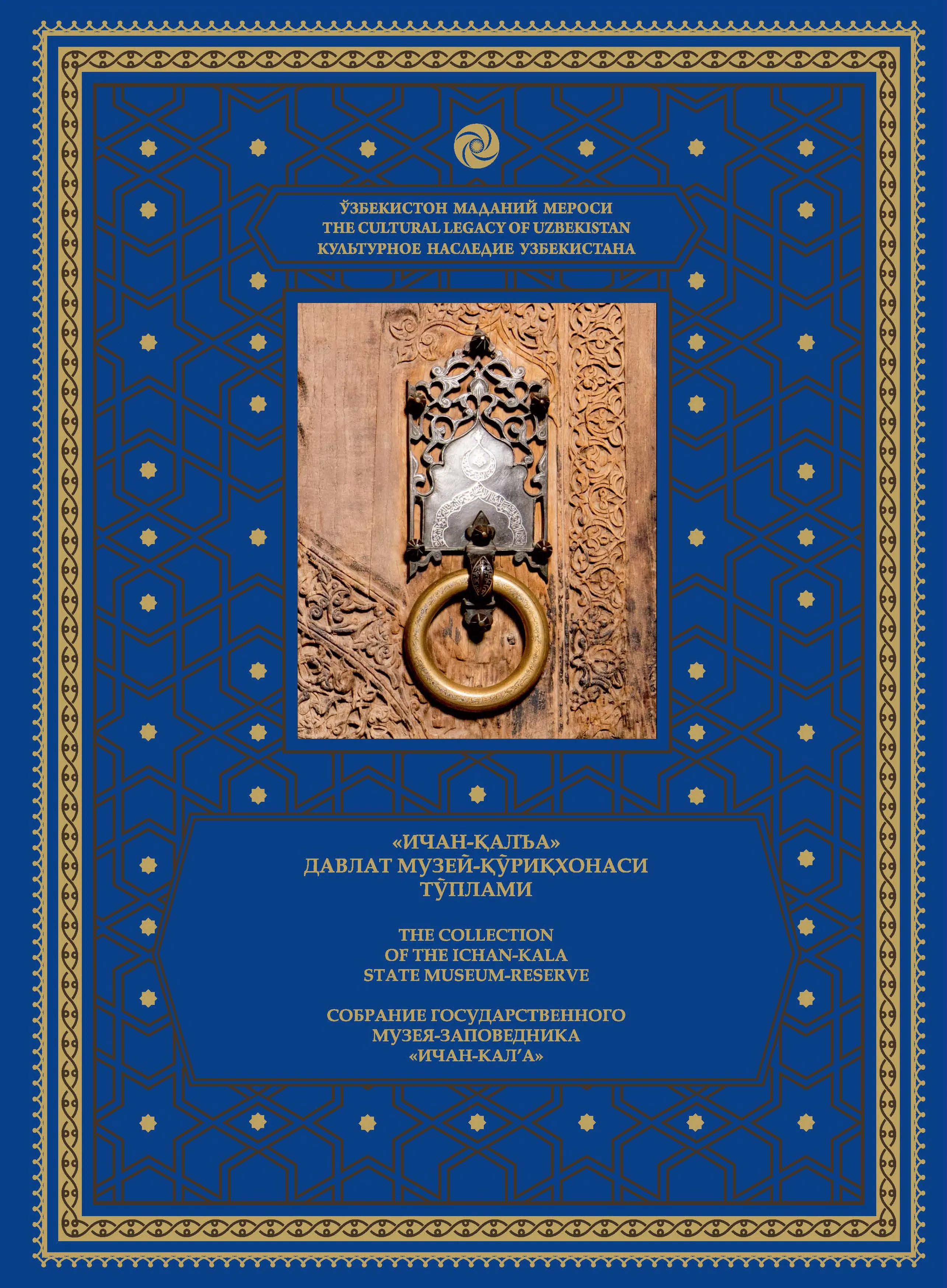THE COLLECTION OF THE ICHAN-KALA STATE MUSEUM-RESERVE
Description
The book-album The Collection of the Ichan-Kala State Museum-Reserve is dedicated to one of the most famous open-air museums located inside the fortress of the Khivan Khans, Ichan-Kala, included in the UNESCO World Heritage List. Since its opening in 1920, the museum collection has been constantly growing and currently has more than 60,000 exhibits reflecting the history of Khorezm from ancient times to the present day. The structure of the museum-reserve includes 15 permanent exhibitions, which are discussed in this volume. As a result, the sections represent archaeological, numismatics and bonistic collections, collections of manuscripts and documents, a photo collection, items of decorative and applied arts and paintings created in the 20th century. The visual part makes it possible to assess the originality of the artistic heritage of Khorezm, one of the original cultural and historical regions in Central Asia. Khorezmian wood carving, embossing and ceramics are completely unique and immediately recognizable. Only in Khorezm, copper jugs did not have handles, and ceramic badiya dishes were deeper, with peculiar borders and very archaic blue-white painting. Archival photographs, including those taken by the first Uzbek photographer and cinematographer, the famous Khudaibergen Devanov, captured the faces of both the ruling elite and ordinary Khivan residents.

